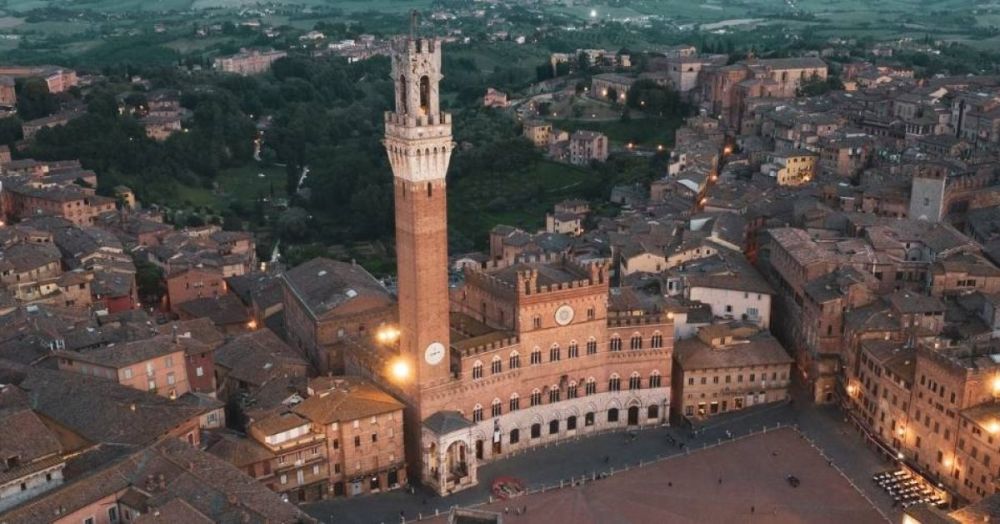

The city of Siena, nestled within the picturesque hills of Tuscany, is home to one of Italy's most remarkable medieval treasures: the Palazzo Pubblico. This iconic gothic building has been the centerpiece of Siena's civic life and a primary attraction for tourists from around the globe. Over the centuries, it has played a pivotal role in the cultural and political history of the city, and it stands today as a testament to Siena's rich artistic heritage.
The history of tourism at Palazzo Pubblico dates back to the time when travelers began to discover the artistic and architectural wonders of Renaissance Italy. Siena, with its well-preserved medieval structures, began to garner the attention of cultured tourists by the 17th and 18th centuries. However, it was in the 19th and early 20th centuries that Siena, along with its magnificent Palazzo Pubblico, truly emerged as a major tourist destination.
The Palazzo, constructed between 1297 and 1310, served as Siena's town hall and continues to house the municipal offices. Its Sala del Mappamondo and Sala della Pace feature frescoes that are among the earliest examples of civil art in Italy. These works, including Simone Martini's "Maestà" and Ambrogio Lorenzetti's "Allegory of Good and Bad Government", have been pivotal in attracting scholars, artists, and general tourists interested in medieval art and the history of governance.
Throughout the 20th century, as global travel became more accessible, the number of visitors to Palazzo Pubblico soared. The creation of art history study programs and the popularization of cultural tourism brought an increasingly diverse array of visitors. In response, Siena expanded its tourism infrastructure, enhancing the visitor experience at Palazzo Pubblico with guided tours, multilingual information plaques, and improved conservation measures to protect its historical frescoes and architecture.
In recent years, tourism at Palazzo Pubblico has been marked by a growing interest in sustainable and responsible travel practices. Visitors are encouraged to engage with the history of the Palazzo and the city of Siena in ways that respect and preserve the cultural integrity and authenticity of the site.
As we move through the 21st century, the latest trends in tourism at Palazzo Pubblico involve the use of technology to enhance the visitor experience. Virtual and augmented reality tours have begun to complement traditional visitation, offering immersive experiences that bring the Palazzo's history to life in new and interactive ways. Additionally, there is a focus on storytelling, with tours highlighting the narratives behind the Palazzo's construction, the significance of its frescoes, and the broader context of Siena's historical role in Tuscany and Italy.
Despite the challenges posed by global events, such as the COVID-19 pandemic, Palazzo Pubblico remains a resilient attraction. The site has adapted by implementing online ticketing systems, timed entries, and health and safety protocols to ensure the well-being of both visitors and the local community.
In conclusion, the Palazzo Pubblico of Siena is more than just a historical building; it is a vital piece of Italy's cultural landscape and continues to evolve with the latest trends in travel and tourism. With its enduring beauty and significance, it stands ready to inspire and awe future generations of visitors.